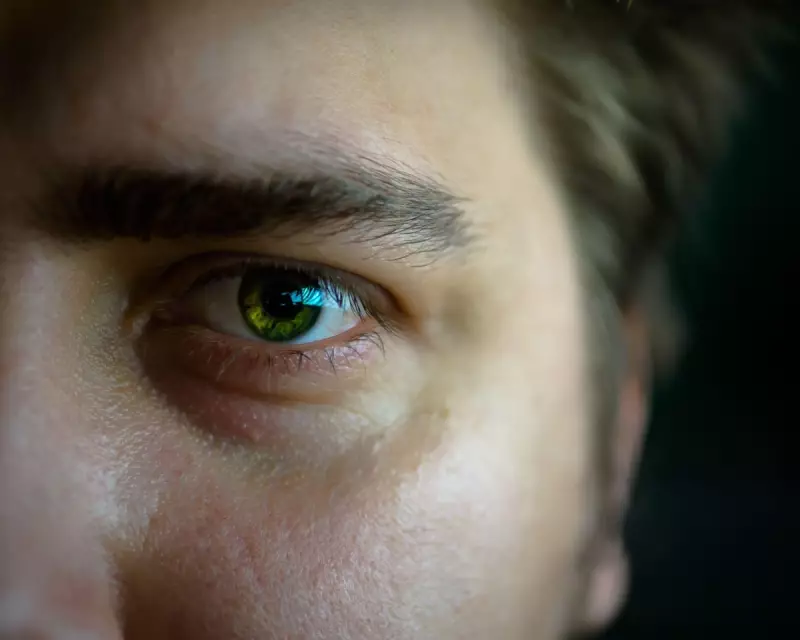
In a remarkable fusion of human talent and artificial intelligence, British researchers are harnessing the extraordinary abilities of so-called 'super-recognisers' to revolutionise how machines identify faces. These individuals possess what scientists describe as an almost superhuman capacity for facial recognition, outperforming even the most sophisticated AI systems currently available.
The Elite Few with Unmatched Abilities
Super-recognisers represent a tiny fraction of the population – estimated at less than 2% – who can identify faces with astonishing accuracy, even under challenging conditions. Unlike the average person who might struggle to recognise someone they briefly met years ago, these individuals can make positive identifications from poor quality CCTV footage, across significant time gaps, and with minimal previous exposure.
Dr Josh P Davis, a leading psychologist from the University of Greenwich, explains: "These individuals aren't just slightly better than average – they're operating at a completely different level. Where most people would fail, super-recognisers consistently succeed, making them invaluable in security and law enforcement contexts."
Training AI with Human Excellence
The groundbreaking research focuses on understanding exactly how these exceptional performers process visual information differently. By studying their eye movements, brain activity, and cognitive processes, scientists are developing new algorithms that mimic these superior strategies.
The potential applications are transformative:
- Enhanced security systems at airports and border controls
- More accurate identification of missing persons
- Improved witness identification procedures
- Advanced medical diagnosis for conditions affecting facial recognition
Beyond Current Technology's Limitations
While current AI facial recognition systems have made significant advances, they still struggle with many scenarios that humans find straightforward. Changes in lighting, angle, aging, and partial obstructions continue to challenge even the most advanced algorithms.
Dr Davis notes: "Current systems are good at matching high-quality images under ideal conditions, but they falter where super-recognisers excel – in real-world situations with imperfect data. By learning from these human experts, we're creating the next generation of recognition technology."
Ethical Considerations and Future Directions
As with any advancement in surveillance technology, the research raises important ethical questions about privacy and appropriate use. The team emphasises that their work includes developing frameworks to ensure these powerful tools are used responsibly and with proper oversight.
The collaboration between neuroscience and artificial intelligence represents a significant step forward in understanding both human cognition and machine learning capabilities. As this research continues to develop, it promises to create AI systems that don't just match human performance but learn from the very best examples of human ability.





